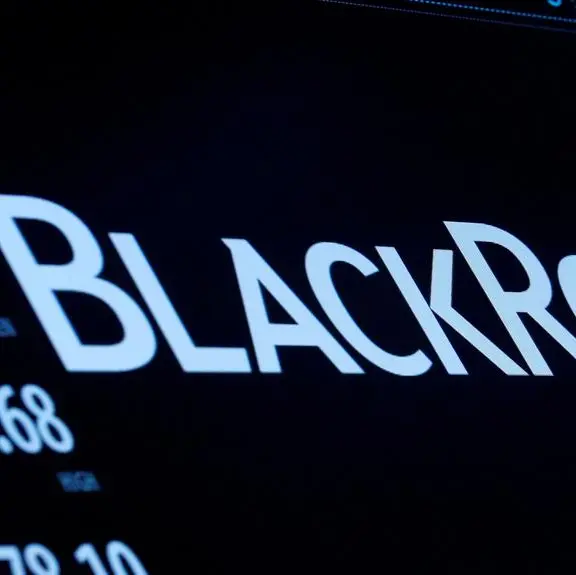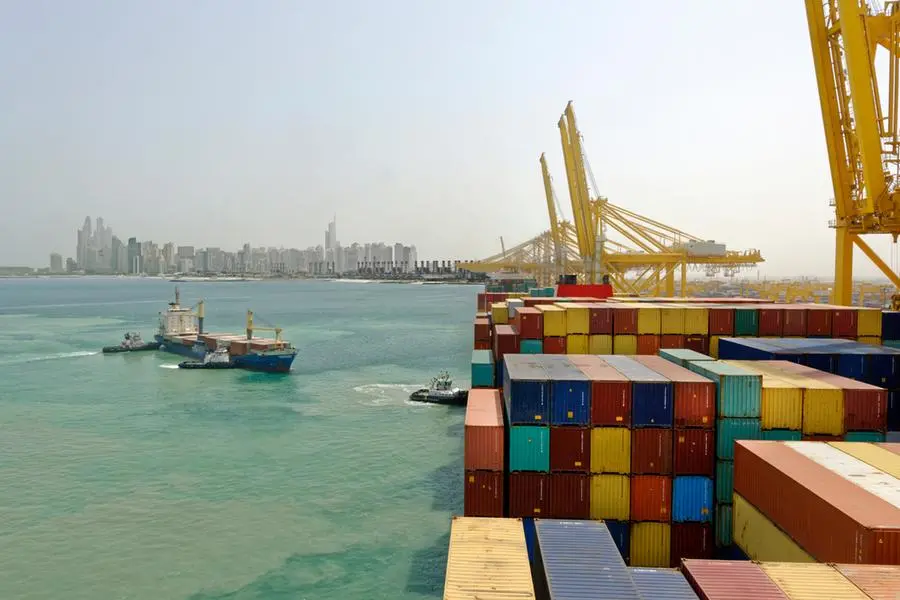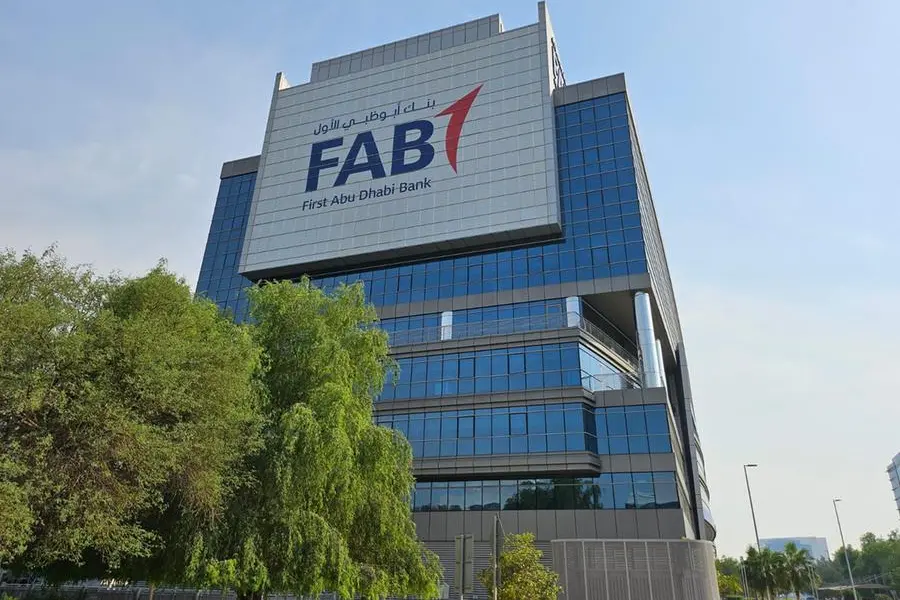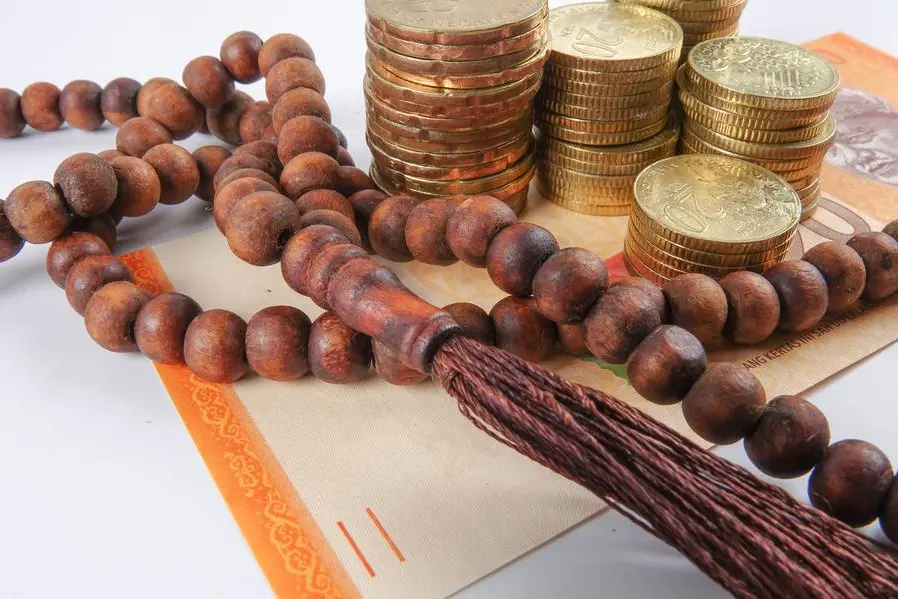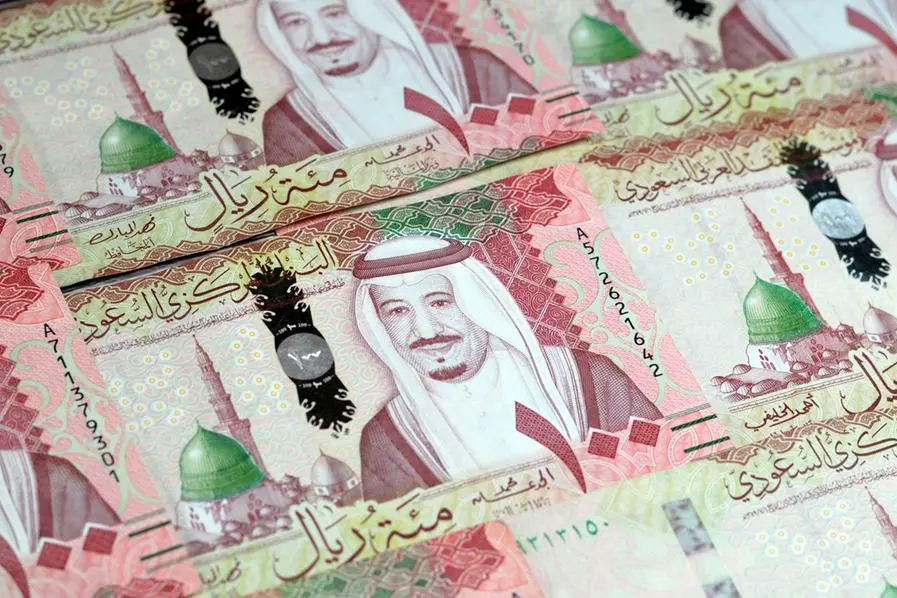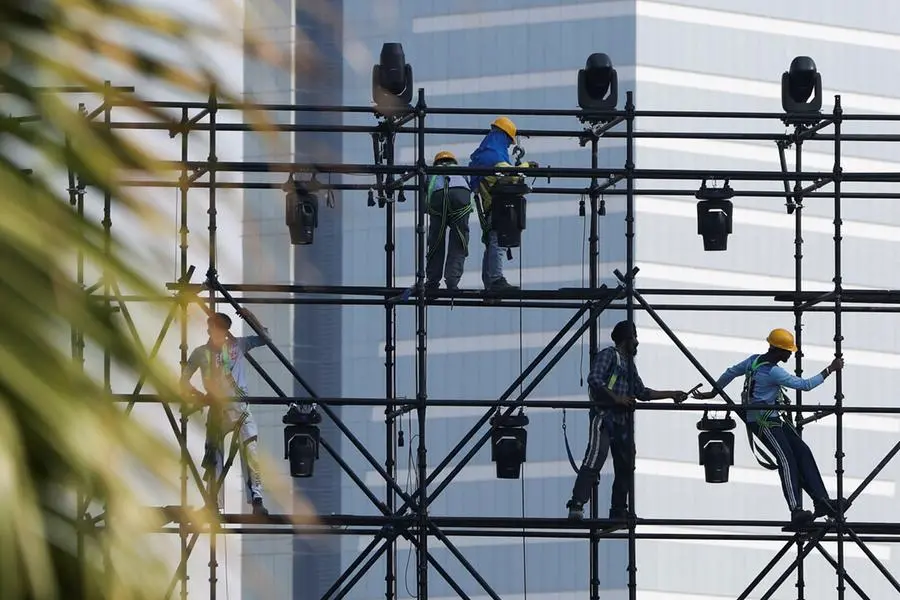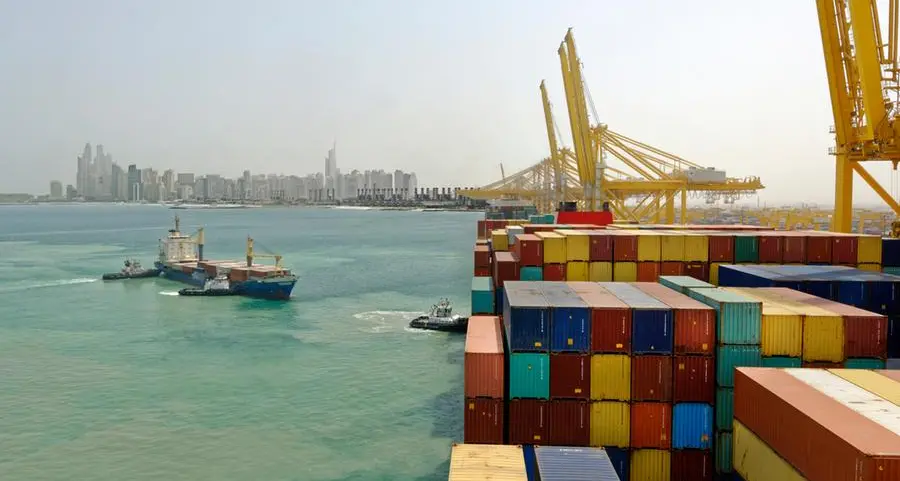The Libyan authorities with the help of the United States and other countries have finished the destruction of Libya a considerable supply of mustard gas, the New York Times has reported on Sunday.
The process was discreet and took three months to finish. The last artillery shell was destroyed on Jan. 26.
The arsenal included hundreds of bombs and artillery rounds filled with deadly mustard agent dating back to the regime of Muammar Gaddafi.
"This is the culmination of a major international effort to eliminate weapons of mass destruction from Libya and to ensure that they never fall into the hands of terrorists," Andrew C Weber, assistant secretary of defence for nuclear, chemical and biological defence programs, was quoted as saying.
The destruction of Libya's chemical weapons began in 2004 when Libya joined the Chemical Weapons Convention.
At the time, it declared 24.7 metric tons of mustard gas, 1390 metric tons of precursor chemicals and 3563 aerial bombs containing chemical weapons.
After Gaddafi was toppled by a popular uprising and killed in October 2011, the new Libyan leadership discovered nearly 2 tons of mustard gas that was already loaded into hundreds of bombs and artillery shells.
Unlike the majority of Libya?s mustard agents, which were stored in large, bulky containers, the new caches were already armed and loaded into 517 artillery shells, 45 plastic sleeves for rocket launchings and eight 500-pound bombs.
The weapons were destroyed using a special oven in the desert. The technology came from a Swedish company, and the Libyan contractors were trained in Germany, the Times reported.
The United States and Libya in the past three months have discreetly destroyed what both sides say were the last remnants of Col. Muammar al-Qaddafi?s lethal arsenal of chemical arms.
They used a transportable oven technology to destroy hundreds of bombs and artillery rounds filled with deadly mustard agent, which American officials had feared could fall into the hands of terrorists. The effort also helped inspire the use of the technology in the much bigger disposal plan in Syria, the Times suggested.
The process was discreet and took three months to finish. The last artillery shell was destroyed on Jan. 26.
The arsenal included hundreds of bombs and artillery rounds filled with deadly mustard agent dating back to the regime of Muammar Gaddafi.
"This is the culmination of a major international effort to eliminate weapons of mass destruction from Libya and to ensure that they never fall into the hands of terrorists," Andrew C Weber, assistant secretary of defence for nuclear, chemical and biological defence programs, was quoted as saying.
The destruction of Libya's chemical weapons began in 2004 when Libya joined the Chemical Weapons Convention.
At the time, it declared 24.7 metric tons of mustard gas, 1390 metric tons of precursor chemicals and 3563 aerial bombs containing chemical weapons.
After Gaddafi was toppled by a popular uprising and killed in October 2011, the new Libyan leadership discovered nearly 2 tons of mustard gas that was already loaded into hundreds of bombs and artillery shells.
Unlike the majority of Libya?s mustard agents, which were stored in large, bulky containers, the new caches were already armed and loaded into 517 artillery shells, 45 plastic sleeves for rocket launchings and eight 500-pound bombs.
The weapons were destroyed using a special oven in the desert. The technology came from a Swedish company, and the Libyan contractors were trained in Germany, the Times reported.
The United States and Libya in the past three months have discreetly destroyed what both sides say were the last remnants of Col. Muammar al-Qaddafi?s lethal arsenal of chemical arms.
They used a transportable oven technology to destroy hundreds of bombs and artillery rounds filled with deadly mustard agent, which American officials had feared could fall into the hands of terrorists. The effort also helped inspire the use of the technology in the much bigger disposal plan in Syria, the Times suggested.






